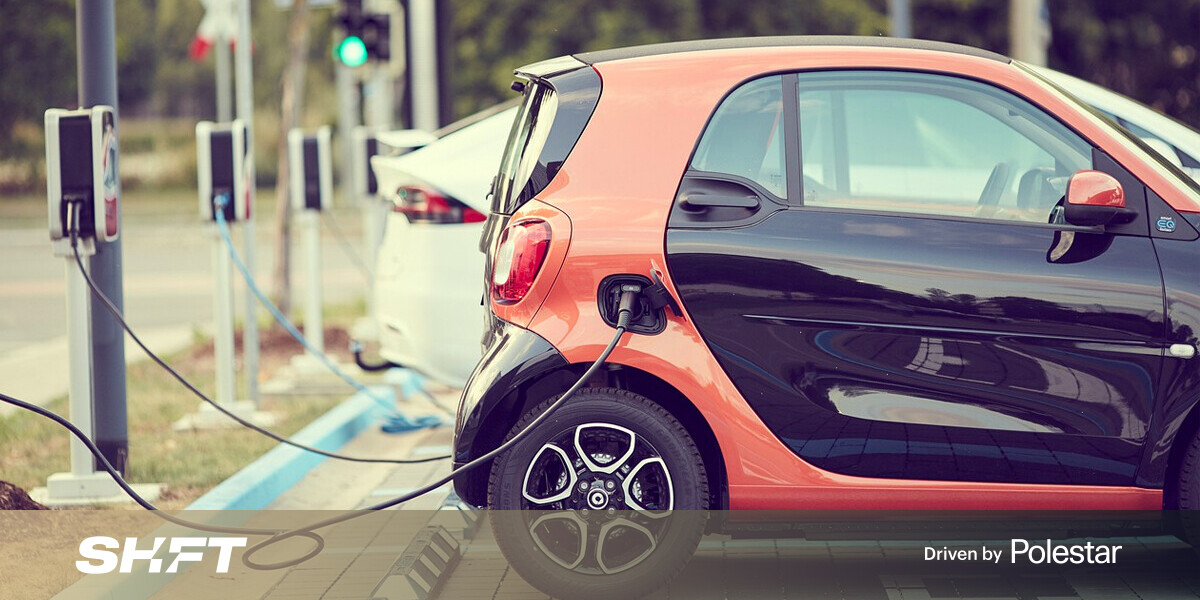#How to Use Less Gas and Increase Your Car’s Mileage – Review Geek

Table of Contents
“How to Use Less Gas and Increase Your Car’s Mileage – Review Geek”

With gas prices skyrocketing and changing by the day, many people are considering switching to an EV or hybrid vehicle. However, that’s not an option for many, so your next best bet is to try and use less gas and increase fuel mileage.
Everyone’s trying to save money on gas these days. And while the price of gasoline is out of our control, a few small changes can go a long way toward limiting the dent in your wallet. So, check out a few of our valuable tips below for fuel-efficient driving and learn how to use less gas.
Don’t Have a Heavy Foot

It might sound cliche, and you’ve probably heard this one before, but I see people driving aggressively no matter where I go. Don’t put the pedal to the metal. It’s a hard habit to break, but these days, maybe you should try it and give both your foot and wallet a break.
Aggressive driving habits include gunning the engine at green lights, speeding, flying around corners, and getting “up to speed” as fast as possible. All of these activities waste gas, add up over time and will have you filling the tank earlier than necessary. According to the Department of Energy, aggressive driving habits can use anywhere between 20-33% more gas.
I don’t know about you, but I always catch up to someone next to me who had a heavy foot at the next red light. It rarely gets you anywhere faster, uses more gas, and isn’t all that safe. Rapid acceleration is seldom needed, so finesse that throttle a little bit. This same rule applies to those with an electric vehicle. You can get more range by being a sensible driver.
Do Your Maintenance

The first thing any mechanic will ask if you complain about poor gas mileage will be if you’ve kept up on your maintenance. Change the oil if you want your car to run like a well-oiled machine. And while that’s a task almost everyone is aware of, there are several different easy maintenance jobs you can do yourself or pay a small fee to get done that will make a significant impact.
Make sure to change engine oil and filters at intervals recommended by the owner’s manual or when the computer and dash say so. A dirty engine air filter can increase fuel usage by upwards of 10% on older cars, so you’ll want to do that too. Here are a few common maintenance tasks to consider:
- Change your oil and oil filter
- Replace engine air filters
- Replace cabin air filters (yes, this can improve gas mileage)
- Stay up on brake maintenance
- Replace spark plugs at the recommended time
- and more
The most common causes of a check engine light (CEL) are an EVAP system issue or O2/Fuel sensor malfunction. The EPA estimates that a bad or dirty O2 sensor can mess with the fuel and air ratios and cut gas efficiency by 20-40%. That’s a huge difference and will have you taking trips to the gas station way more than you should.
There’s a reason manufacturers put maintenance recommendations in the manual, and it’s not just to keep the vehicle running longer. Check for error codes and stay in tune with your vehicle with an OBD2 scanner.
Check Tire Pressure

Speaking of maintenance, when was the last time you checked your tire pressure? Unfortunately, for many, that’s only when they notice a tire is low. In reality, tire pressure can have an impact on fuel consumption.
When your tires are underinflated, fuel consumption can increase by 5-7%. And while that’s not a huge amount, every little bit counts. Plus, underinflated tires will cause uneven wear and cost you more money in the long run.
Tire pressure can increase as you drive, due to heat, not to mention during the hot summer. The correct tire pressure will give your tire the proper connection with the ground for ideal fuel economy. Check your owner’s manual, the sticker inside your door, or the tire wall for the correct PSI for your tires.
Additionally, you’ll want to make sure you rotate your tires occasionally and that your tire alignment is correct for the best driving experience.
Keep a Steady Speed (and Distance From Others)

If you’ve ever wondered why mileage is different between highway and city driving, it’s because cars are more efficient at certain speeds. Furthermore, maintaining a steady pace without constantly tapping on the gas or breaking will yield better fuel efficiency.
Most vehicles get ideal gas mileage around 50 MPH, and if the laws in your region allow it, staying casually in that range can help drivers use less gas.
That same Department of Energy study linked above suggests keeping a steady distance from other drivers, especially during city driving. Rapid acceleration, slamming on the brakes, or driving aggressively in the city can kill your gas mileage by up to 40% in some instances. Of course, every situation varies, but keeping a steady speed and a safe distance from others allows you to slowly roll into stoplights or accelerate gently. This can and will improve your gas mileage.
Limit Idling and Trips

Another thing many drivers don’t think about is letting the engine idle, which uses more gas than restarting the car when you’re ready to leave. Idling for 15-20 minutes can use nearly a 1/2 gallon of gas. Many modern vehicles feature a stop-start system that automatically shuts down the engine when it comes to a stop, even in traffic, while conserving fuel and reducing pollution.
So, next time you’re sitting at the store waiting for a friend or family member to run in or show up to work early and want to waste time scrolling through social media, turn off the car instead of wasting gas while it sits idling.
This next one should go without saying, but just like you’ll want to limit aggressive driving, unnecessary idle, or stop-and-go traffic, you’ll also want to limit your trips. Try to get all your stops done at once, rather than constantly driving back and forth around town.
Reduce Weight and Drag

When it comes to vehicles, aerodynamics is important. The less drag you have, the less the engine will have to work to get up to speed and maintain that speed, saving on gas.
Weight is another factor you’ll want to consider. When taking a trip or going on vacation, you’ll have more weight in the car, but anytime you can cut down on unnecessary things like a cargo rack, junk in the trunk, or added weight, do it. All of those things can contribute to poor fuel economy.
Go Easy on the AC or Heater

Hotter temps in the summer will help your engine warm up quicker, improving gas mileage. However, you’ll lose any of those gains as soon as you crank up the air conditioner. In fact, using the AC puts strain on the engine and uses more fuel than any other auxiliary feature.
The EPA estimates that running the AC can use up to 25% more fuel while driving, especially on everyday short trips around town. Yes, 25%, which is a lot. These numbers get even worse if you have a dirty or clogged cabin air filter, so as we said earlier, replace it often.
Rolling the car’s windows down can add drag, which will reduce gas mileage, but at slow speeds, it’ll keep you cool and prevent wasting gas on the air conditioner.
Your best bet is to roll down the windows on hot summer days when you first start driving. Get all that hot air out, cool yourself down with natural airflow and wind, and then use the AC as you start speeding up. This way, your car doesn’t have to work as hard to reach an ideal temperature, and you’re limiting how long you’ll have it cranking at full speed. In the winter, use the heater as little as possible, as it has a similar affect on fuel economy.
Each gas-saving tip alone can increase your car’s mileage and help you use less gas. But then, when you practice sensible driving habits, stay on maintenance, and combine them all, you’ll absolutely notice a difference at the pump.
If you liked the article, do not forget to share it with your friends. Follow us on Google News too, click on the star and choose us from your favorites.
For forums sites go to Forum.BuradaBiliyorum.Com
If you want to read more like this article, you can visit our Technology category.




